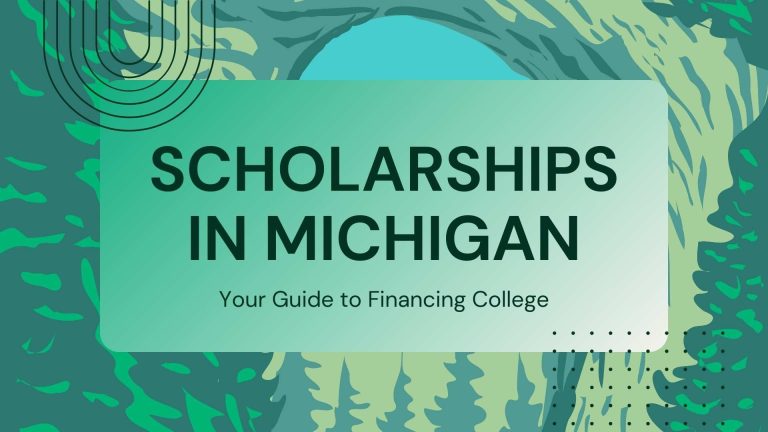To receive a need-based scholarship, a student needs to demonstrate evidence of financial need to meet scholarship criteria. A number of types of scholarships designed to provide financial assistance to needy students are available. Students should be aware that criteria can vary, and not qualifying for one doesn’t mean they have no hope of need-based financial assistance. A school’s financial aid office should provide a list of scholarships, and it’s also possible to search databases for additional ones.
For need-based scholarship applications, students typically need to provide some basic demographic data, including age, topic of study, family size, and income. This information creates a profile the scholarship committee can use to determine if a student qualifies for aid. The committee may award scholarships to as many needy students as qualify, or could be more selective. For example, students might need to maintain a certain grade point average to keep a need-based scholarship.

The first step in applying for such scholarships is filling out a general financial aid application like the Free Application for Federal Student Aid (FAFSA) in the United States. This form allows students to disclose basic information and automatically apply for government assistance and many school-based scholarships. For additional scholarship applications, students will need to apply individually. They may be able to copy the FAFSA and use it in their applications, or they could need different forms. Some organizations accept a common scholarship application that allows students to fill out one form to apply for a batch of scholarships.
Sometimes a student does not appear to meet the income limits to get a need-based scholarship, but has special circumstances. The student should ask the financial aid office about an adjustment form to report special or unusual expenses she can use to document the need for money despite the fact that her income is over the limit. For instance, if her family must pay for expensive medical treatment not covered through insurance or financial assistance programs, its apparently high income might all be going to medical care.

Resources for need-based scholarship information include information binders in the financial aid office as well as online scholarship databases. Students may also want to look up professional organizations in the fields they study, as many of these organizations offer financial assistance to students. Furthermore, scholarships from groups based on demographic characteristics, like Latina students or students who are the first in their families to go to college, may also be available. These groups can help minorities pay for college through scholarships and other assistance like work-study and job placement.
Our Editorial Team, with a rich background in educational content creation, prioritizes accuracy and quality in every article. We are committed to producing expert content tailored to meet the academic needs of college and high school students, ensuring they receive well-researched and trustworthy information for their educational journey.







